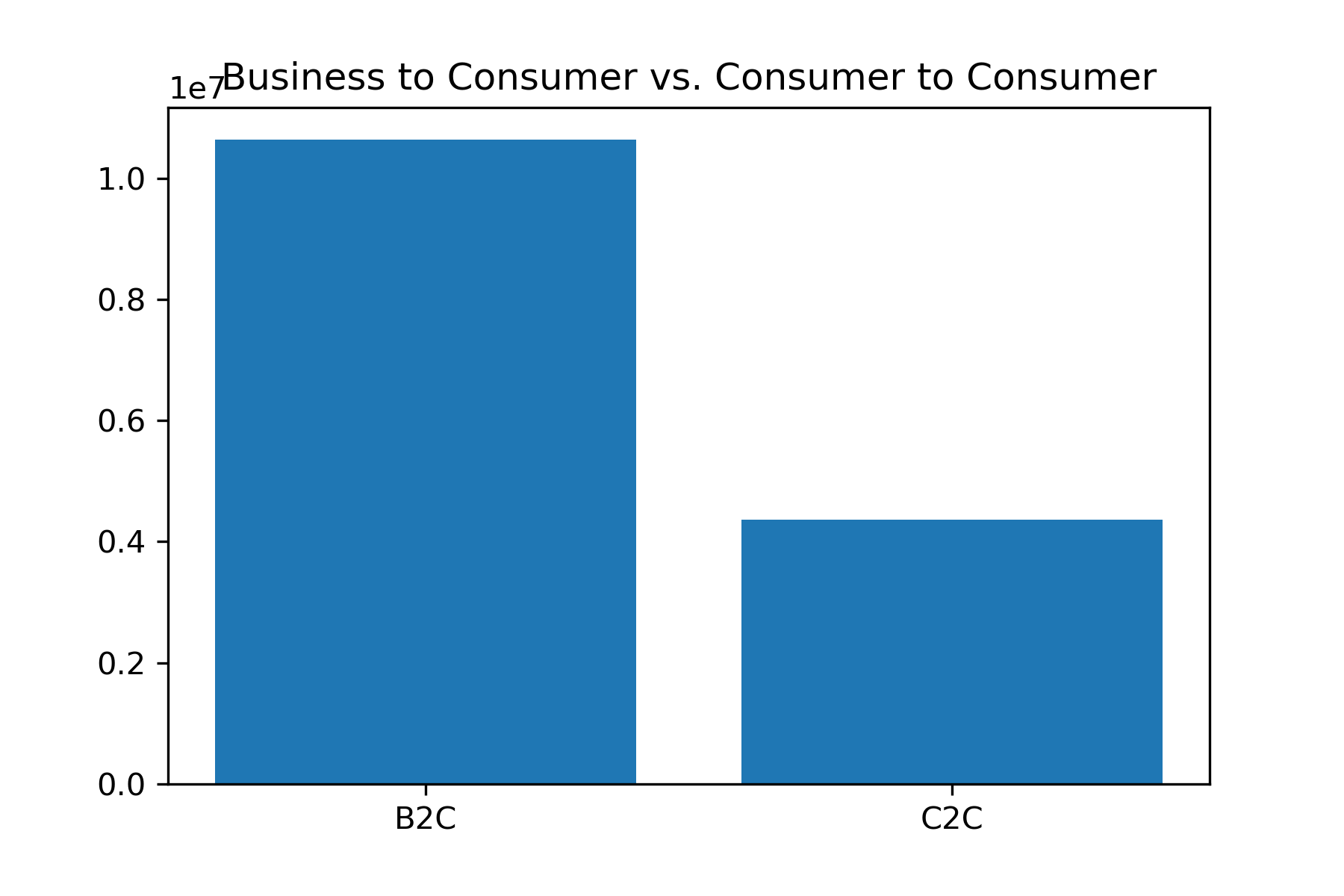End-to-End Prediction of Parcel Delivery Time with Deep Learning for Smart-City Applications
The acquisition of massive data on parcel delivery motivates postal operators to foster the development of predictive systems to improve customer service. Predicting delivery times successive to being shipped out of the final depot, referred to as last-mile prediction, deals with complicating factors such as traffic, drivers' behaviors, and weather. This work studies the use of deep learning for solving a real-world case of last-mile parcel delivery time prediction. We present our solution under the IoT paradigm and discuss its feasibility on a cloud-based architecture as a smart city application. We focus on a large-scale parcel dataset provided by Canada Post, covering the Greater Toronto Area (GTA). We utilize an origin-destination (OD) formulation, in which routes are not available, but only the start and end delivery points. We investigate three categories of convolutional-based neural networks and assess their performances on the task. We further demonstrate how our modeling outperforms several baselines, from classical machine learning models to referenced OD solutions. Specifically, we show that a ResNet architecture with 8 residual blocks displays the best trade-off between performance and complexity. We perform a thorough error analysis across the data and visualize the deep features learned to better understand the model behavior, making interesting remarks on data predictability. Our work provides an end-to-end neural pipeline that leverages parcel OD data as well as weather to accurately predict delivery durations. We believe that our system has the potential not only to improve user experience by better modeling their anticipation but also to aid last-mile postal logistics as a whole.
PDF Abstract
